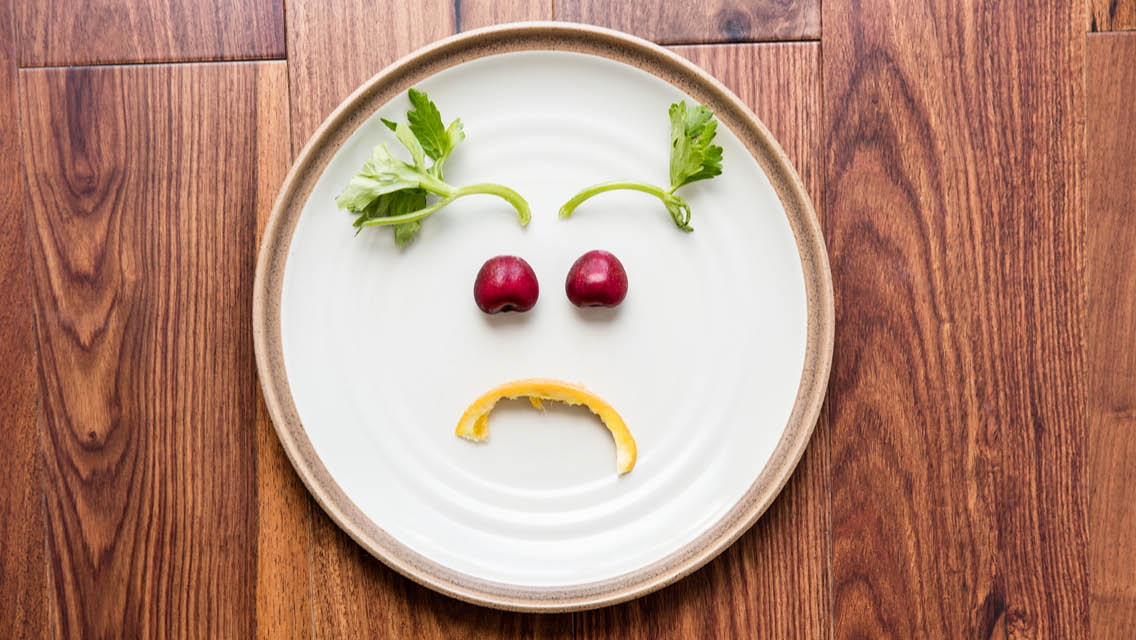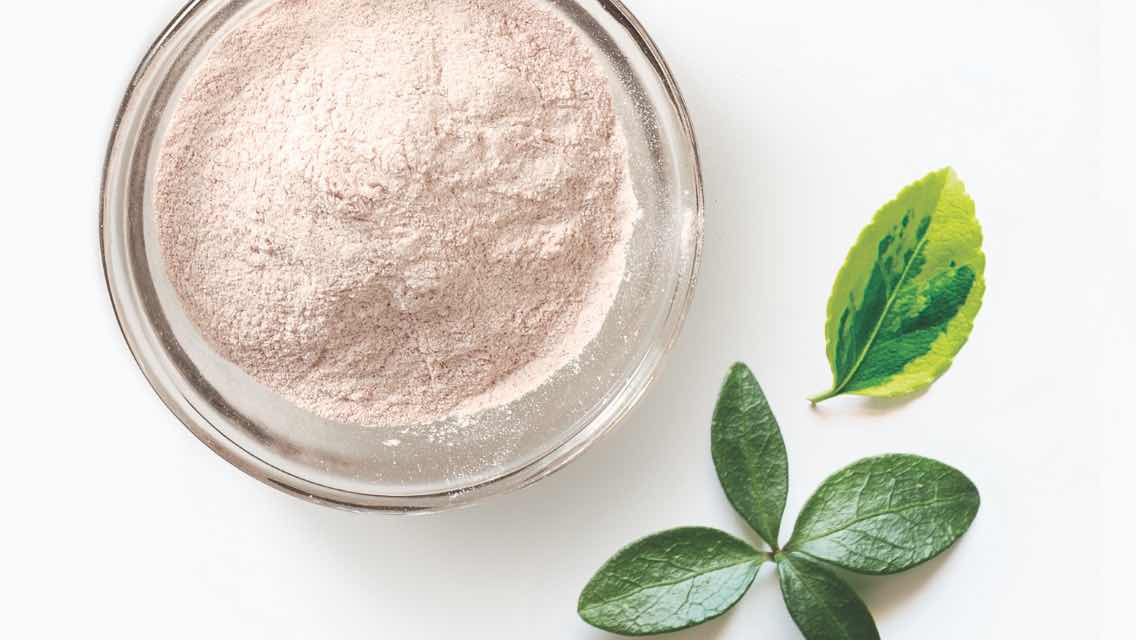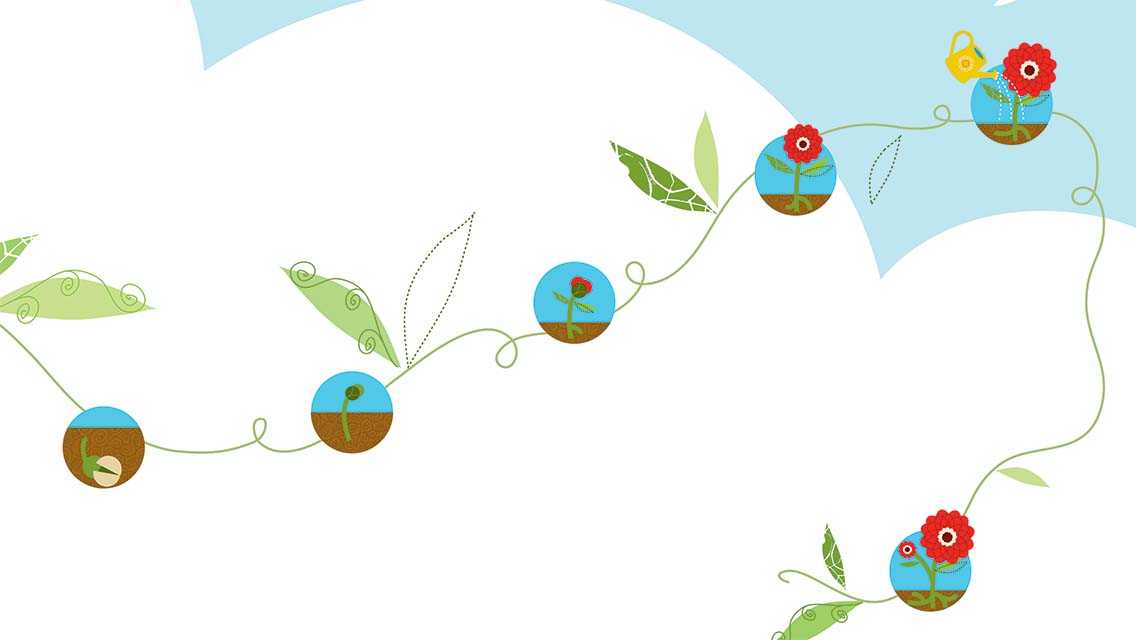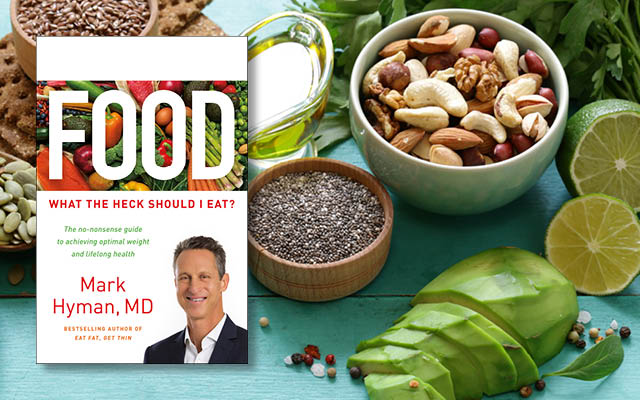Putting plant-based eating into practice can pose some challenges. Consider these common pitfalls — and find out how to overcome them.
Eating too few calories. Plant foods generally boast fewer calories relative to the nutrition they provide, which can pose challenges for athletes who need a high-calorie diet to maintain a positive energy balance. Insufficient energy can lead to compromised immunity, unwanted weight loss, diminished muscle mass, reduced strength, and low bone-mineral density.
“Often people will go plant-based and say they have no energy, but it’s because they’ve taken out meat and dairy and dropped total calories 25 percent without realizing it,” author Matt Frazier says. “Plant-based athletes need to focus on foods that are calorically dense — nuts, seeds, oils, etc. — and eat more frequently throughout the day.”
Doing too much, too fast. “A lot of people get inspired by a documentary and want to go vegan the next day. If the change you’re trying to make involves pain or willpower, the change is unlikely to last,” says Frazier, who shifted to a vegan diet over the course of four years.
“You don’t need to overthink this: If at first all you want to do is eat vegan until 5 p.m., make a couple of days per week vegan days, or eat plant-based at home, and do whatever you want when you go out — that’s fine. Have some flexibility but stay within the guardrails.”
Diving into a plant-based diet can also be hard on your gut. Many people have trouble digesting certain high-fiber foods because their gut has not adapted to regular intake, says Jones. Drinking more water can help: Increasing fiber without increasing fluid can cause constipation and bloating. (For more on fiber, visit “Why You Need to Eat Fiber“.)
Not being prepared. As with any way of eating, it takes some planning to eat healthy on a plant-based diet. If you rely on processed foods and pantry items, you’re not going to reap the same benefits as you would from eating fresh produce on a regular basis.
You may need to shop more frequently and be ready with nutritious plant-based snacks for moments when hunger strikes. Veggies and hummus, roasted-chickpea snacks, fresh fruit, cooked potatoes and sweet potatoes, and garbanzo beans are all good options to have on hand.
Not having a “why.” If you’re pursuing a plant-based lifestyle, being clear about what you’re hoping to accomplish can help you stay true to your mission.
Mountain biker Emily Schaldach’s efforts come down to the effect she can have on the environment. “If I can eliminate 90 percent of animal products for the rest of my life, it’s a significantly bigger impact than being vegan for a month. I think that kind of flexibility isn’t talked about as much as it should be,” she says. (Learn more about Schaldach’s flexitarian habits at “What Emily Schaldach Eats to Fuel Her Fitness“.)
For Olympic lifter Kendrick Farris, eating plant-based is about much more than food — it’s about how he can be a better person.
“I think people really just need to take some time to pay attention to what they are putting into their bodies,” he says. “People have a lot of things they want to do — for themselves, for their children, for their communities. If we can learn to take care of ourselves, we can be there for other people.”
This was excerpted from “Plant-Powered” which was published in Experience Life magazine.





This Post Has 0 Comments